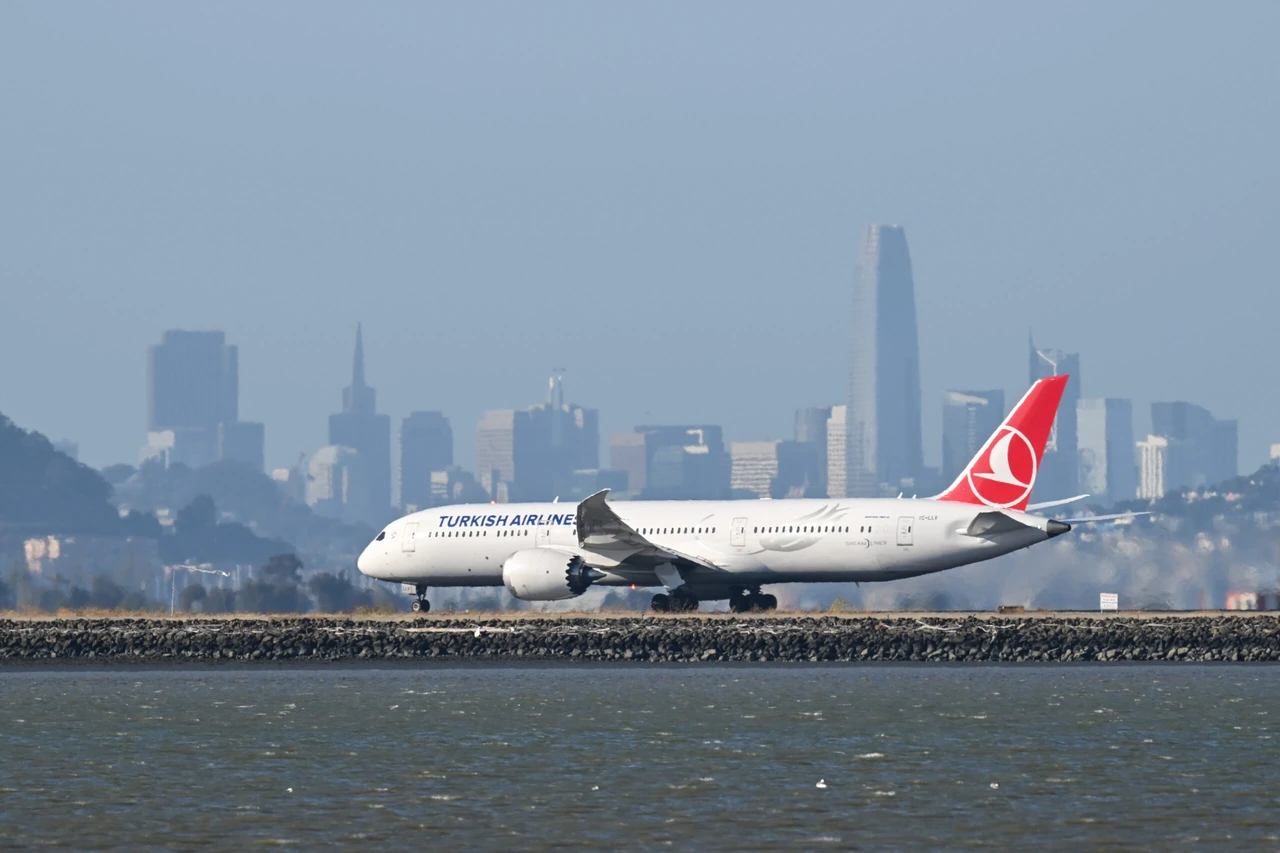Türkiye’s tourism industry sees 8.27% growth in 2024
 People shop at Grand Bazaar in Istanbul, Türkiye, November 4, 2022. (Reuters Photo)
People shop at Grand Bazaar in Istanbul, Türkiye, November 4, 2022. (Reuters Photo)
Türkiye’s tourism industry experienced significant growth in 2024, attracting 28.9 million visitors in the first seven months, according to data from the Ministry of Culture and Tourism. This figure represents an 8.27% increase compared to the same period in 2023, with Russia emerging as the top source of tourists, contributing 3.6 million visitors to the total.
July brings Türkiye a surge of tourists
In July alone, Türkiye welcomed 7.33 million foreign visitors, a 2.6% increase from the previous year. Germany led the monthly figures with 3 million tourists, followed by Russia with 922,294 and the United Kingdom with 660,906. The data also revealed that 294,428 visitors were day-trippers, representing 4.01% of the total.
Tourist arrivals from South America and South Asia to Türkiye grows
Despite a 30.6% decrease in tourists from Western Asia, other regions saw gains. The number of visitors from South Asia increased by 17.61%, while tourists from South America surged by 24.43%. Notable increases were recorded from Argentina (46.35%), Brazil (29.91%), and Venezuela (13.67%).
European and North American markets also contributed to the overall growth. Tourist arrivals from Europe rose by 6.48%, while visitors from the United States increased by 12.54%. Oceania and CIS countries saw more moderate growth, with increases of 7.14% and 3.86%, respectively.
Russia ranked first among the countries sending tourists to Türkiye during the January to July period, with 3.61 million visitors. Germany closely followed with 3.5 million, while the United Kingdom came in third with 2.43 million. Iran and Bulgaria rounded out the top five.
Istanbul remains top destinations for tourists
Istanbul remains a top destination for international travelers, attracting 8.5 million tourists in the first half of 2024. According to the Istanbul Provincial Directorate of Culture and Tourism, this represents an 8% increase compared to the same period in 2023. In June alone, 1.64 million foreign tourists visited the city, marking a modest 1% increase from the 1.63 million who visited in June of the previous year. These figures highlight Istanbul’s continued popularity as a global tourism hub, contributing significantly to Türkiye’s overall tourism numbers.
Air travel remained the most popular mode of entry, with 1.58 million tourists arriving by air in June 2024. Istanbul Airport handled the bulk of these visitors, welcoming 1.16 million arrivals, which accounted for 73.39% of all air passengers. Sabiha Gokcen International Airport saw 419,617 arrivals, while Atatürk Airport registered 1,464 arrivals. Additionally, seaports in Istanbul welcomed 55,737 tourists, with Karakoy Port handling the majority at 48,380 arrivals.
Istanbul and Antalya emerged as the top entry points for foreign tourists in July. Antalya saw 2.6 million visitors, while 1.9 million entered through Istanbul. Other popular points of entry included Edirne, Muğla, and Izmir.
For the first seven months, Istanbul continued to lead, accounting for 36.12% of total entries, followed by Antalya at 29.30%. Edirne, Mugla, and Artvin also attracted a significant share of foreign arrivals.
Antalya projected to surpass 17 million tourists by year-end
Kaan Kavaloglu, president of the Mediterranean Touristic Hoteliers and Investors Association (AKTOB), commented on the factors influencing tourist numbers from Europe, particularly Germany. According to Kavaloglu, the European Football Championship and the collapse of tour operator FTI affected expectations for July. While the overall number of tourists to Antalya increased by 13% in the first seven months, the figures fell short of initial forecasts.
“Due to the championship and the Olympics, fewer Turkish citizens than expected traveled from Europe,” Kavaloğlu said. “We were expecting 750,000 visitors in Antalya, but only 562,000 came. This also impacted arrivals from Germany.”
Despite these challenges, Antalya received 2.74 million visitors in July and is projected to see 2.85 million by the end of August. Kavaloğlu anticipates surpassing 11 million tourists in Antalya by the end of August and 17 million by the end of the year.
The data also showed a decline in tourists from Gulf countries, with notable drops in arrivals from the United Arab Emirates (46.25%), Kuwait (37.21%), Qatar (31.21%), and Saudi Arabia (9.86%).
Meanwhile, tourist numbers from several Asian countries increased, with China leading the way with a 73.2% rise. Other countries showing significant growth included Indonesia (56.81%), Singapore (24.55%), Bangladesh (12.22%), and India (16.88%).



